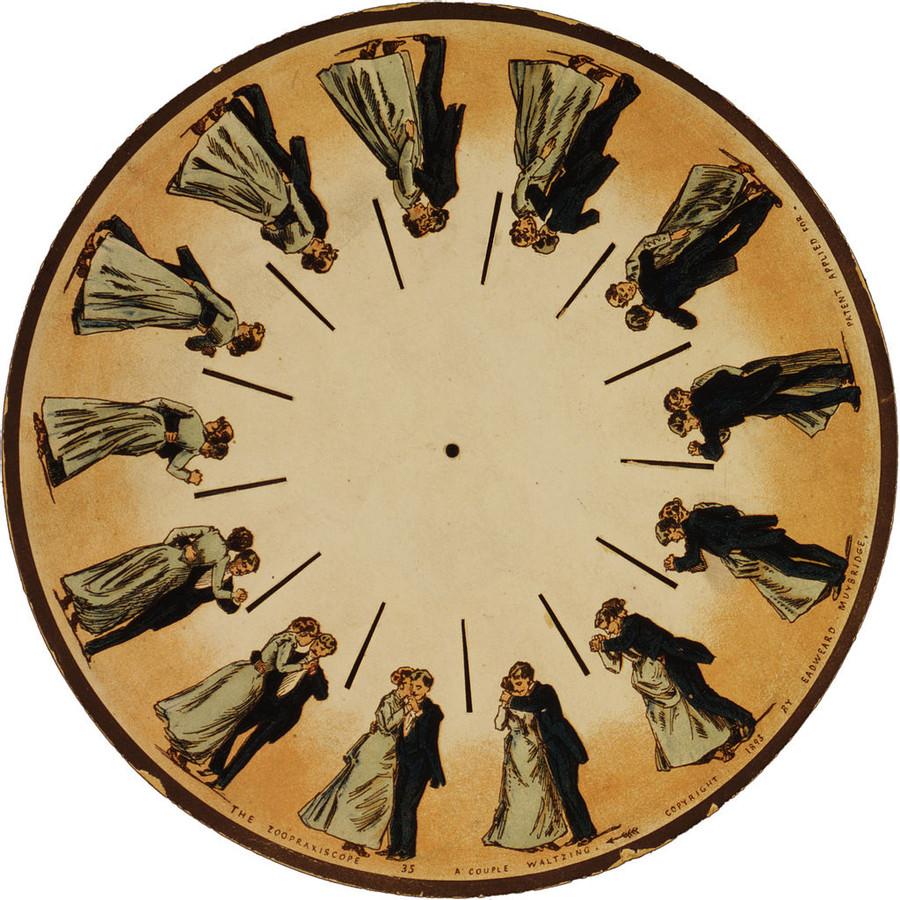Muybridge: Waltzing couple (1893)
The animal locomotion studies of Eadweard J. Muybridge are among the earliest visual experiments in creating an illusion of motion. The "persistence of vision" principle laid the foundation for later forms of videography.
6
41 reads
CURATED FROM
IDEAS CURATED BY
The idea is part of this collection:
Learn more about movies with this collection
The historical significance of urban centers
The impact of cultural and technological advances
The role of urban centers in shaping society
Related collections
Similar ideas to Muybridge: Waltzing couple (1893)
The “extramission” theory of vision
Extramission means “sending out,” and the extramission theory is the belief that vision is a force emitted from the eye. It is an intuitive understanding of vision common among children that persists among many adults.
In contrast, the modern visual theory is called “intromission...
How We See Things
Our brain studies the colour, contours, motion, location of an object, but for consciousness, everything has to arise in seamless unity, all at once, to be able to be experienced.
We have a lot of unanswered questions about sleep, memories, duplication of the self, and o...
Isaac Newton
Several decades later, the English mathematician Isaac Newton proved the Copernican heliocentric model. Newton's discoveries in many ways marked the end of the Scientific Revolution. His achievements became the foundation for modern physics.
In 1687, Newton described three laws of motion t...
Read & Learn
20x Faster
without
deepstash
with
deepstash
with
deepstash
Personalized microlearning
—
100+ Learning Journeys
—
Access to 200,000+ ideas
—
Access to the mobile app
—
Unlimited idea saving
—
—
Unlimited history
—
—
Unlimited listening to ideas
—
—
Downloading & offline access
—
—
Supercharge your mind with one idea per day
Enter your email and spend 1 minute every day to learn something new.
I agree to receive email updates
